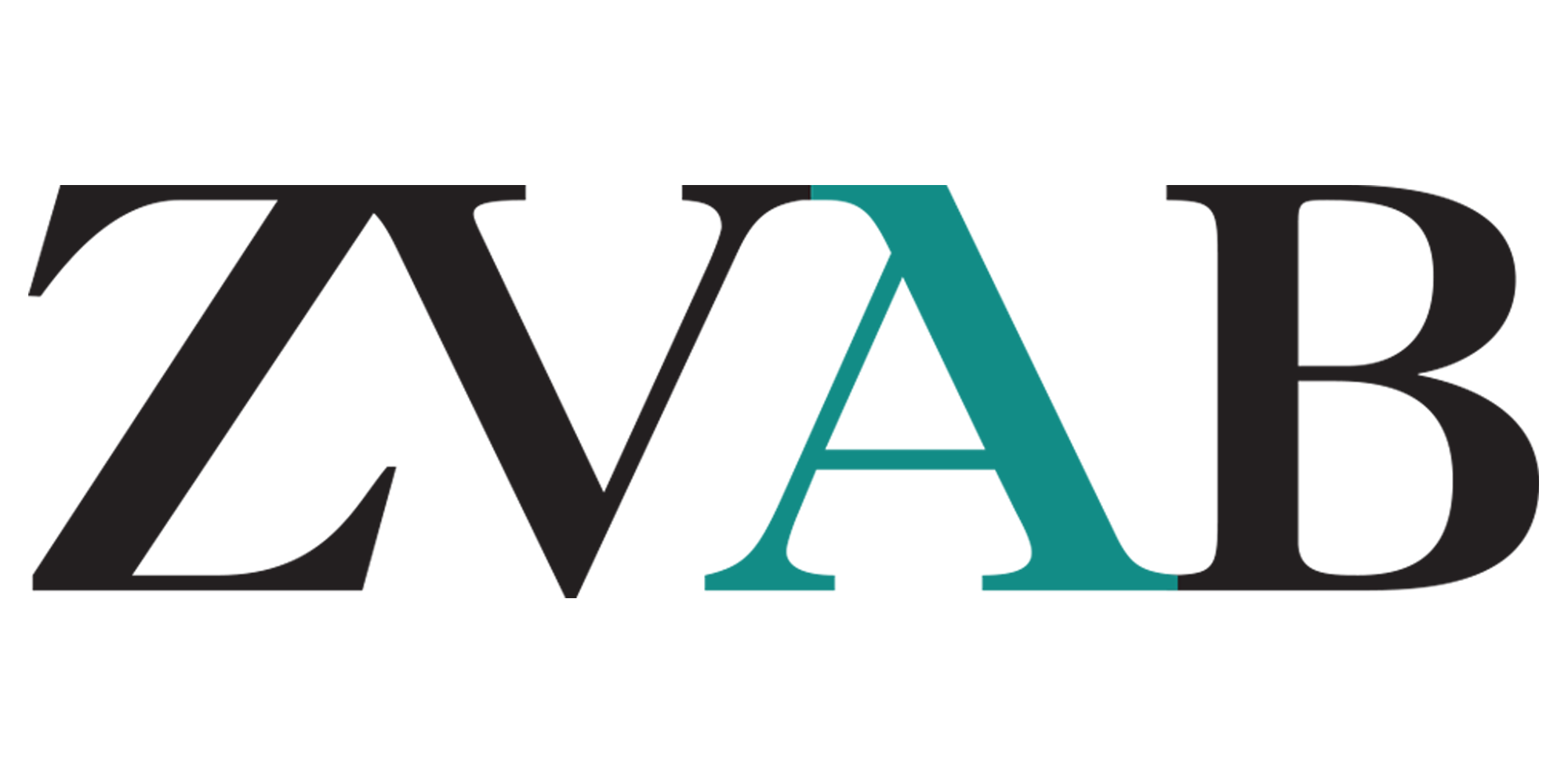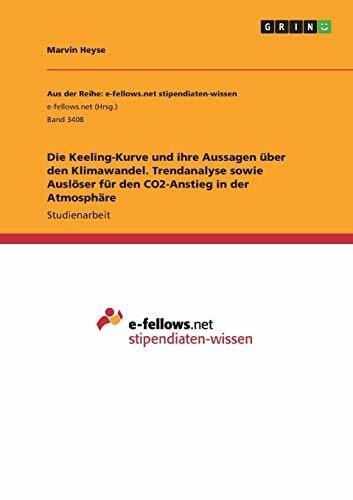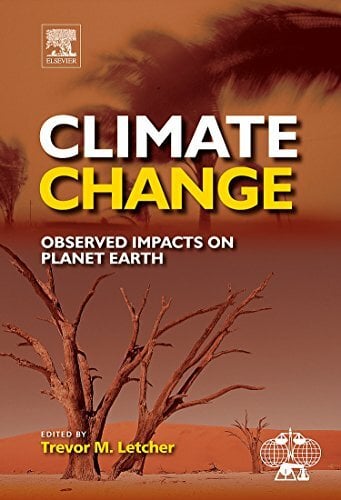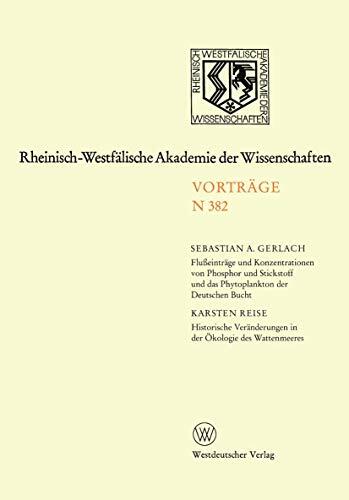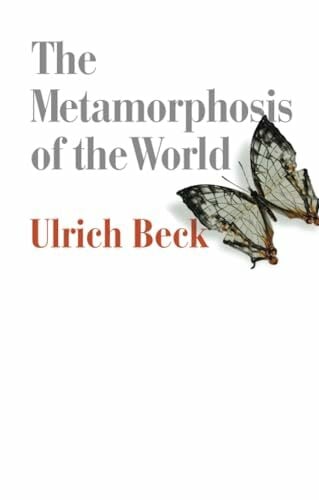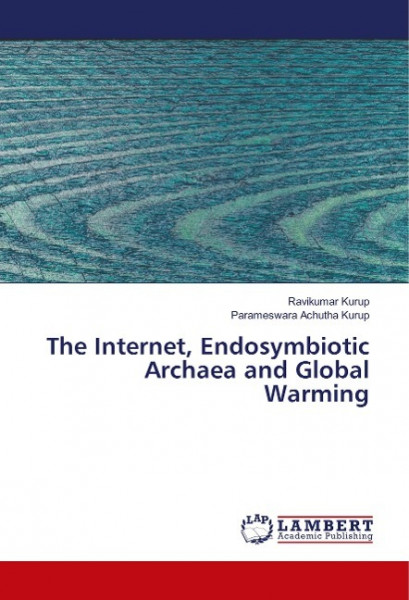
The Internet, Endosymbiotic Archaea and Global Warming
Kurzinformation
inkl. MwSt. Versandinformationen
Artikel zZt. nicht lieferbar
Artikel zZt. nicht lieferbar

Beschreibung
Internet addiction leads to exposure to low level of EMF fields which promotes endosymbiotic and colonic archaeal growth. The endosymbiotic and colonic archaeal growth leads to methanogenesis and global warming. Exposure to low level of electromagnetic fields of the internet induces the enzyme heme oxygenase in the brain. The deficiency of heme leads to induction of ALA synthase and porphyrin synthesis. Porphyrins can self organise to form supramolecular structures called as porphyrions. The porphyrions can store information, can self replicate and can have its own energetics generated by light related electron transport generating ATP. The porphyrions are the simplest self replicating organisms that are known. The porphyrions can form a template for the generation of RNA viroids, DNA viroids, prions and isoprenoid organism. These RNA viroids, DNA viroids, prions and isoprenoid organism can self organise to form magnetotactic nanoarchaea. This forms a vicious cycle leading to increased brain endosymbiotic archaeal growth capable of quantal perception and perception of internet fields. This leads to a new homo neanderthalis species. von Kurup, Ravikumar
Produktdetails

So garantieren wir Dir zu jeder Zeit Premiumqualität.
Über den Autor
Dr Ravikumar Kurup is the Director of the Metabolic Disorders Research Centre, Trivandrum. His areas of interest are Metabolic Medicine and Symbiotic Biology.

- hardcover
- 370 Seiten
- Erschienen 2025
- Academic Press

- perfect -
- Erschienen 1996
- Heyne

- Gebunden
- 288 Seiten
- Erschienen 2012
- The MIT Press

- hardcover
- 104 Seiten
- Erschienen 2013
- Distributed Art Publishers

- hardcover
- 458 Seiten
- Erschienen 1992
- MIT Press

- Hardcover
- 96 Seiten
- Erschienen 2008
- TAZ

- paperback
- 352 Seiten
- Erschienen 2018
- Springer

- Gebunden
- 407 Seiten
- Erschienen 2008
- Regnery

- Hardcover
- 418 Seiten
- Erschienen 2010
- Cambridge University Pr.

- hardcover
- 548 Seiten
- Erschienen 2014
- Taylor & Francis Ltd




